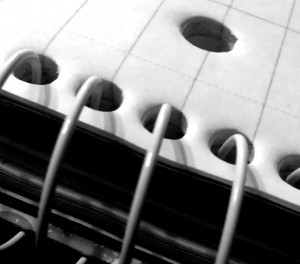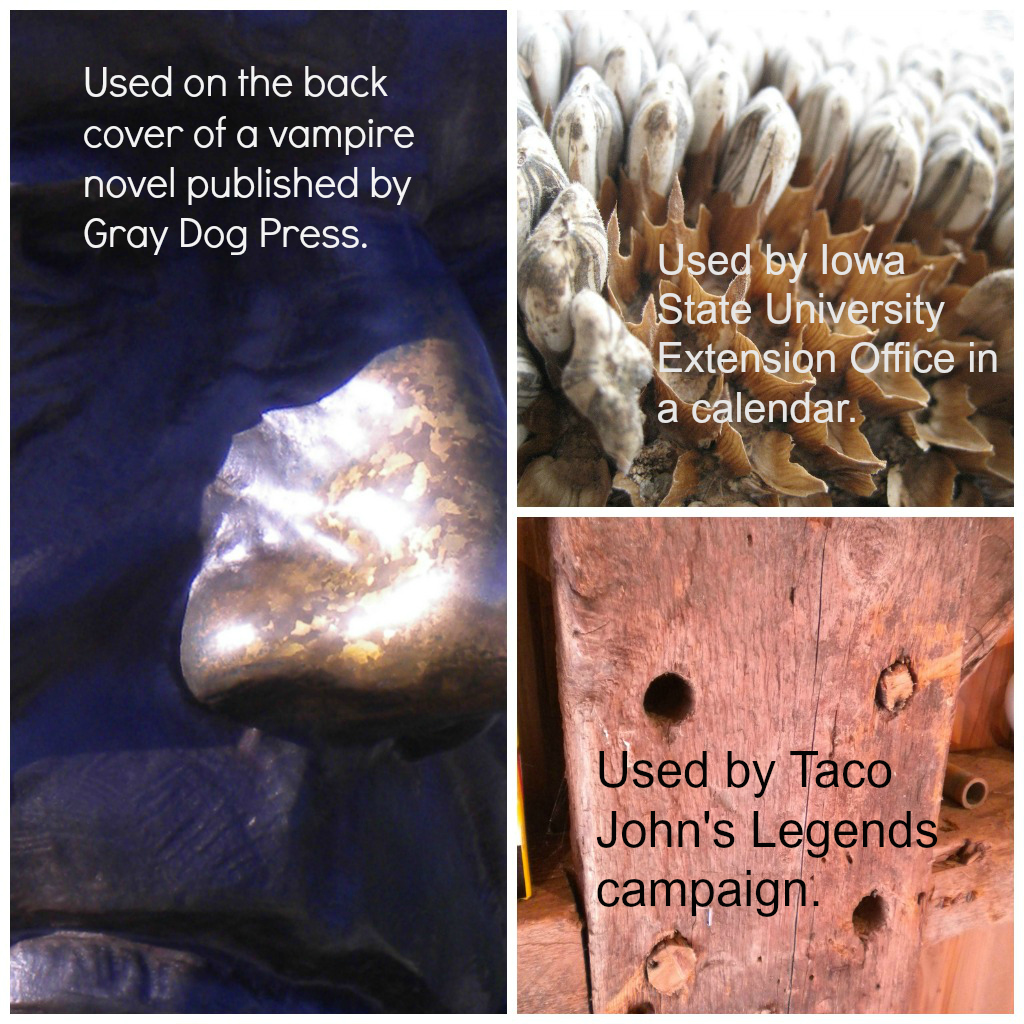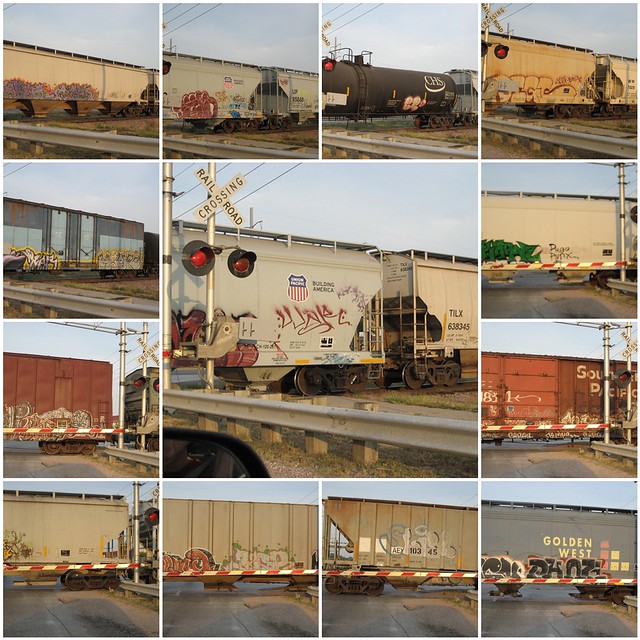So, why do I like the Attribution license best? First, here’s what the license says…
You are free:
- to Share — to copy, distribute and transmit the work
- to Remix — to adapt the work
- to make commercial use of the work
Under the following conditions:
Attribution — You must attribute the work in the manner specified by the author or licensor (but not in any way that suggests that they endorse you or your use of the work).
Three reasons for using the liberal Creative Commons – Attribution (CC-BY) license.
1. You can use beautiful images to make cool posters or use just a portion of someone’s picture. (derivatives allowed)
This is my favorite reason! When I need a picture of the Eiffel Tower or the Coliseum, I don’t have to go there. I have friends all over the world who take photos and share them, entrusting their pictures to people like me! The last time I looked there were over 150 million photos on Flickr alone, of which we have permission to make derivatives.

2. You can change the license on derivatives. (no share-alike)
Although I can imagine a time when someone might need to do this, my guess is that most people fail to share-alike by accident. Here is a photo I took, and I suspect here and here, where this person kept “All Rights Reserved,” that it was done unintentionally. S/he shared this in the Flickr group Great quotes about Learning and Change, so perhaps s/he doesn’t know how to change permissions. Maybe s/he is new and just learning how to be a digital citizen. Maybe s/he has no idea what Creative Commons are. It would be ridiculous to believe it’s for any nefarious or money-making reason.
Plus, if I had a stricter license, I would feel obligated to complain to a user if he/she didn’t adhere to the license, and I don’t like to complain. If I am anything, I am liberal. Liberal with belief that most of my fellow humans are trying to do their best. Liberal with good will toward others. And liberal with the photos I’ve shared. That’s why even in derivative sharing, I choose the liberal Attribution license.
3. You can make money. (commercial)
I say this tongue-in-cheek, but it’s true. By using images (and sharing them with) the Attribution license, you are receiving (and giving) permission to use images commercially. I’ve never sold anything or benefited financially from using anyone’s images, but others have used some of my images commercially. You know something, it just makes me proud, not upset, jealous or angry. (See image below for some examples.) Maybe someday, a group I’m in will have reason to make a calendar for a fundraiser, and there will be CC images available for us to use.
It’s risky to share pictures with the Attribution only license, but I made the decision to do it because I’m serious about being a contributor. My friends Kris and Laura, whose pictures I used in this post, each share their images with a different license, but they both gave permission to make derivatives and just asked me to give them credit and I appreciate that!
There are six different Creative Commons license, which are helpful to both the sharer and the user. Here are two simple questions to ask and answer to help you “Choose a License.” I would encourage you to read about each of them here: Creative Commons Licenses.



